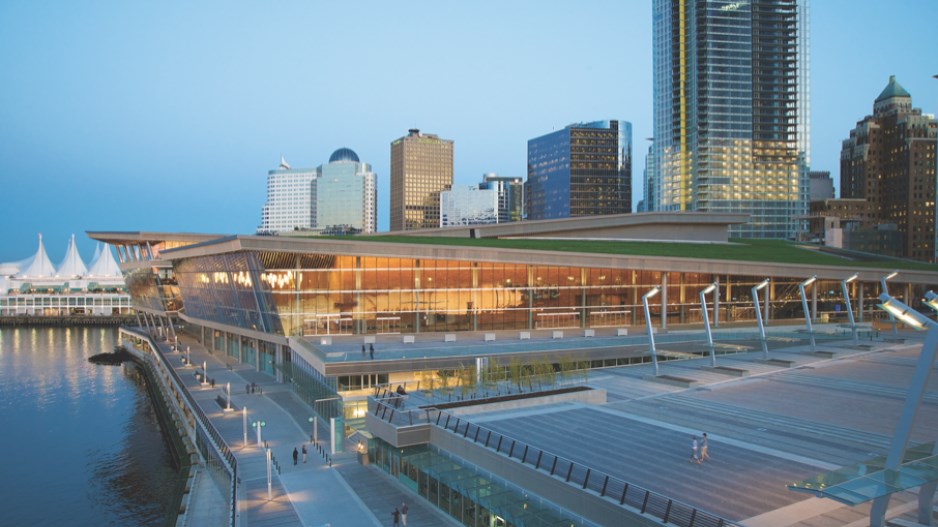Vancouver is middle of the pack when it comes to reducing the environmental impacts of its real estate, according to a new study from commercial real estate brokerage JLL.
Vancouver – which once aimed to be the world’s greenest city by 2020, but met just eight of its 18 targets – ranked 19th in the report, which surveyed 32 global cities. It lagged both Montreal and Toronto but ranked ahead of New York, Paris and Hong Kong.
The top-ranked city, Copenhagen, aims to achieve net-zero status by 2025, while Toronto, the leading city in Canada, has pledged a 45% reduction in greenhouse gas emissions by 2025 and net-zero status by 2040 – a full 10 years before Vancouver.
Nevertheless, JLL describes Vancouver as a “trailblazer” on par with Copenhagen, on account of its “solid track record of planning for a sustainable future” and “considerable momentum, experience and accumulated knowledge.”
“Vancouver has been recognized as one of the global leaders in climate action, while topping Canada’s list of climate-aware cities,” said Claudia Verno, director of research with JLL Canada. “The city has a well-developed Climate Emergency Action Plan in which it details how Vancouver intends to reach its [net-zero carbon] targets.”
Buildings account for approximately 55 per cent of greenhouse gas emissions in Vancouver, with transportation accounting for a further 41 per cent.
To address the significant contribution of buildings to Vancouver’s carbon emissions, the city is aiming for net zero emissions in all new construction by 2030. A retrofit strategy will help existing buildings to follow suit by 2050.
The city also plans to derive 55 per cent of energy requirements from renewable sources by 2030 and 100 percent by 2050.
But as the saying goes, you can’t manage what you can’t measure, and that concerns Helen Goodland, head of research and innovation with Scius Advisory Inc. in Vancouver.
Vancouver city council recently approved a host of proposals that build on its existing environmental commitments but Goodland said climate-based analyses have yet to go mainstream.
“They’ve done a really good job of warming up the market,” she said of the city’s leadership and policies. “If there’s one gap that we have, that we struggle with here, [it’s] a lack of data on performance. … What we don’t have, unlike other countries, certainly other G7s at the national level or the provincial level, is performance [data] on our built environment.”
This is ironic, given the wealth of data showcasing Vancouver as an attractive place to live.
“We’ve got nice numbers around business attraction, we’re a livable city, new businesses are moving here and we’re getting all these cool tech people coming to Vancouver,” she said. “But at the end of the day, we’re a city of glass highrises, which are the most energy-inefficient type of building you can think of. So I think there are some optics we still have to work on.”
JLL noted that the Vancouver Zero Emissions Building Centre of Excellence (ZEBx), which the city established in 2018, will be key to supporting the real estate sector’s transition to a carbon neutrality.
ZEBx director Roberto Pecora noted that the report’s assessment of global cities was written prior to city council’s approval on May 17 of four reports detailing proposals to fulfill the goals of the city’s Climate Emergency Action Plan.
Key actions recently approved by council include requiring that all new buildings have cooling and air filtration systems; cutting carbon pollution from all new buildings to nearly zero by 2025, a 90 per cent reduction compared to 2007 levels; introducing significant emissions reduction requirements for all industrial and institutional buildings by 2025; and requiring all existing commercial and multifamily buildings over 50,000 square feet to eliminate greenhouse gas emissions by 2040.
There are no plans for annual monitoring or reporting yet, however, something Goodland would like to see.
“We need to be showing every year how we’re doing and benchmarking improvements,” she said.




